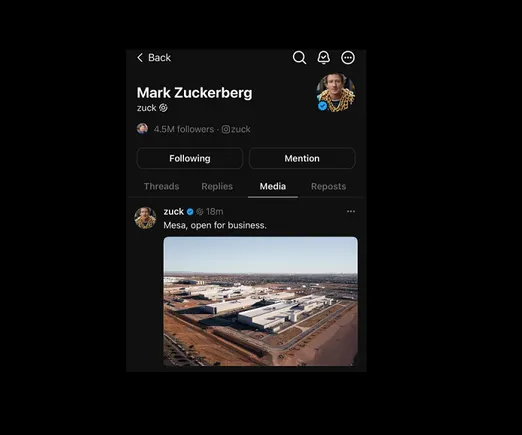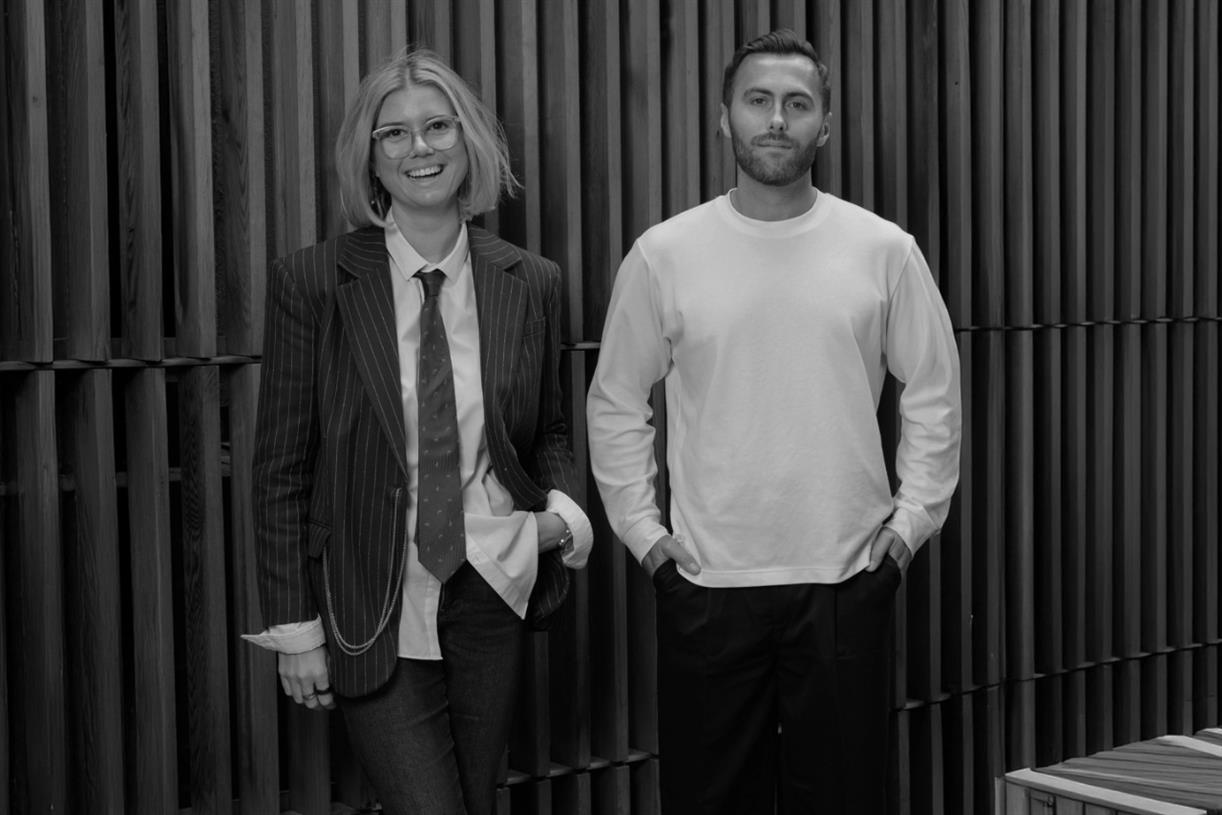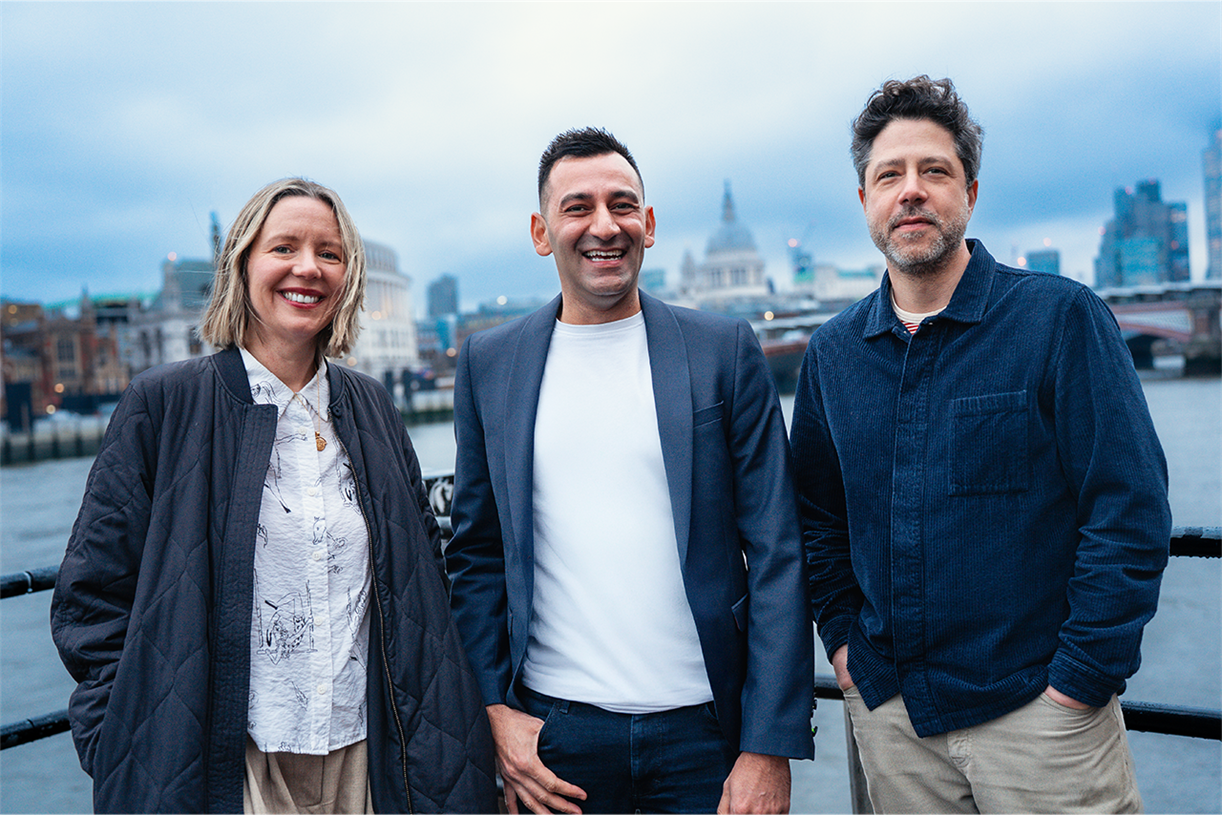5 community-building tips I’ve learned from working in social media, TV, and nonprofits
For the past ten years, I’ve lived and breathed marketing. I’ve run social campaigns, worked with influencers, created content, built affiliate programs, and everything in between. One factor unites everything: Every single winning strategy has always tied back to...

For the past ten years, I’ve lived and breathed marketing. I’ve run social campaigns, worked with influencers, created content, built affiliate programs, and everything in between. One factor unites everything: Every single winning strategy has always tied back to community. And more often than not, when an initiative flops, it’s because that community is missing. When brands fail to engage, there’s a sense that they’re just pushing content onto their audience, rather than bringing people into a conversation and engaging with them. Community has always been critical. But in 2025, it matters more than ever. That’s why I wrote this post. Below, I’ll share common mistakes to avoid and my personal tried-and-tested tips for building lasting, authentic communities. In the past, marketers talked a lot about identifying a target audience. We’d come up with a product and tell our target audience to buy it. The exchange ended there, without any deep, human-centered connection. That’s all changing. If your brand is just telling people to buy a product, you’re falling behind. When you sound sales-y, potential customers tune out. They don’t feel heard. There’s no engagement, and they don’t feel like they’re a part of anything. The solution is community. Instead of “Hey, look at this” or “Hey, I need you to buy this,” a community-focused campaign starts by actually talking to people and understanding their needs. Now, top brands work backward, starting from customers’ needs and then building products based on real, human input. It’s not a cookie-cutter approach. The process involves both knowing what existing communities to serve and building communities around new products. Teams have to invest time exploring why existing solutions don’t work. Then, they can develop effective solutions hand-in-hand with a community. Over the last ten years of my career in nonprofits, TV, and social media, I’ve found that investment leads to loyalty. I’ve learned to make community the center of all my campaigns, so customers become a part of our brand story. What does this look like in practice? One of my favorite campaigns involved marketing a cosmetic eye mask for Topicals as their Director of Social Media. Before launch, we sent the product to real customers for testing. We connected with participants in group chats to see what they thought. We even organized an in-person hike, invited everyone to wear the eye masks, and listened to what they thought. My team’s focus wasn’t just on collecting product feedback. We weren’t trying to bank content from this awesome group of 40 women, all wearing eye masks and walking around Long Beach. We wanted to build a two-way relationship with our customers. That’s what community-based marketing is all about. Building a real community decenters the product and instead focuses on the people who are the heart of any brand. After a decade in the field, I’ve seen many winning strategies and common setbacks. Here are the pitfalls that get in the way of effective, community-focused marketing. Whatever you’re interested in, there’s a community full of experts who know the topic inside and out. So, when you’re first diving into community-focused marketing, you need to find the right niche. If you focus on a community that doesn’t fit your offering, your campaign will flop. For example, I run a nonprofit social club called off worque. It’s a community that’s focused on events and networking for professionals navigating issues related to work/life balance. We get a lot of pitches for random beauty products that don’t make sense for our group. Now, I can do the work to try to tie these products to our community. I might see if there’s a mental health connection, for instance, that would help some of these products feel more relevant. But in general, it’s best to identify a community that really aligns with your product, rather than trying to push a product on a group that’s not interested in it. Don’t get me wrong: I love free stuff. But, it’s easy for marketers to fall into the trap of thinking that giving out lots of free stuff means that lots of people are engaged. A goodie bag with a free sample or mini gift can keep your brand top-of-mind, but your freebies need to be relevant. If I’m at a journaling event, a free pen or notebook makes all the sense in the world. But a free lip gloss? That’s less helpful. You can give out 50 free lip glosses, but if those 50 people never wear lip gloss, they aren’t the right community for you. A freebie won’t change that. This is more a matter of mindset than tactics. Of course, being strategic is important, but in my experience, building a community is not a strategy session. You really don’t have to think too hard. You don’t need to craft a meticulously calculated and organized strategic plan. To the contrary, I’ve found that the best community engagement campaigns happen organically. So, don’t overthink it. Just use some common sense: For instance, if you’re selling shoes, maybe a run or walk club could be a good community for your brand. If you’re selling skincare products, where are people already talking about related health and beauty issues? Not everything has to be a serious, strategic decision. Instead, asking basic questions and engaging authentically with existing communities can be a great way to get started. So, what does it take to build and engage with a community? Here’s what I’ve found most successful. First and foremost, community-building is all about finding your people. This goes deeper than just defining a target audience. It’s about talking to your customers, understanding their needs, and learning where and how they like to connect with each other. Then, once you’ve identified a community that is likely to be interested in your brand, you can start reaching out. But remember: Don’t just skip straight to selling. Instead, find authentic, creative ways to engage with people on their terms. Of course, you don’t have to limit yourself just to a narrow, highly specific community. It’s also smart to find ways to build bridges between your existing loyal customers and other, related communities adjacent to your own. For example, if you’re selling vitamins, your customers are probably fairly health-conscious. That might mean that run clubs or 5K races could be good places to find people who may be interested in your brand. On the other hand, a hair or beauty-focused event may be less relevant to your brand and customers. To figure out what groups your customer base tends to spend time in, I’ve found that conducting some simple surveys can be really effective. You can reach out to existing customers to ask about their interests and day-to-day lives, and then you can use that information to make educated guesses about the kinds of communities and events that might be aligned with your brand. When it comes to community-building, it’s important to define your community clearly. You can’t be everything to everyone. After all, effective brands know who their people are. At the same time, it’s important to keep that community open and inclusive. You should be a guardian of your community, but not a gatekeeper. For a community to grow and thrive, it needs to be able to welcome new people in. Adidas and Nike are some of my favorite role models here. These are running brands, but you don’t have to be a runner to be a part of their community. You don’t have to be a three-minute-miler to enjoy an event. Their shoes are for walkers, too. These brands have defined communities that are clear in their focus, but still open to a wide range of people with a wide range of abilities and interests. They are aspirational and relatable. The brands inspire people to join, rather than pushing people away or pressuring them to engage with the community inauthentically. Identifying a broad community is one thing. Figuring out how to actually engage with it is another. Specifically, there are three key social media platforms that I’ve found tend to be especially helpful in connecting with a brand community. Number one is LinkedIn. I love LinkedIn because it’s got something for everyone. There are people looking for jobs, the networkers, the people asking for advice, the people offering advice… There are so many different communities on this platform, which makes it a great place to connect with people for anything related to careers, mental health, and work-life balance. More recently, I’ve found that Substack is another great place to connect with a community. You can write about anything on Substack: Some folks are sharing recipes, some are publishing a daily journal, some are posting in detail about their relationship woes (and hoping their partners don’t see their posts). Substack is a great place to see other people’s ideas, to comment, to share, and to contribute in whatever way makes sense. And finally, of course, there’s TikTok. The incredible thing about TikTok is just how many random, niche audiences it has created. The platform sparks curiosity in interests people didn’t even know they had. This platform is a great place for brands to connect and engage with hyper-specific communities. Building a community is hard. So, throughout the highs and lows of community marketing, brands need to always empathize with their customers. Don’t create clubs or organize events because community marketing is something you’ve been told you should be doing. Instead, tap into your audience, express genuine curiosity about their needs and interests, and let the things you learn inform the communities you create. Over the last ten years, I’ve seen firsthand just how powerful a brand community can be. Gone are the days when brands could just sell products in a vacuum. Today, the most effective brands learn to identify and engage with their customers’ communities. It’s time to invest in real understanding and center communities at every turn.Why Community Matters More than Ever in 2025
3 Common Mistakes Brands Make When It Comes to Community
1. Engaging with the Wrong Community
2. Falling into the “Free Stuff” Trap
3. Treating Community-Building Like a Strategy Session
My Top 5 Community-Building Tips

1. Find your people.
2. Build bridges.
3. Define communities clearly but inclusively.
4. Leverage social media.
LinkedIn
Substack
TikTok
5. Embrace empathy.
Build community like a pro.

 Tekef
Tekef ![3 Community Management Templates [Free Kit]](https://no-cache.hubspot.com/cta/default/53/866a5201-b39e-4edb-9e7f-65c0d98a9ea0.png)













_3.jpg)

















